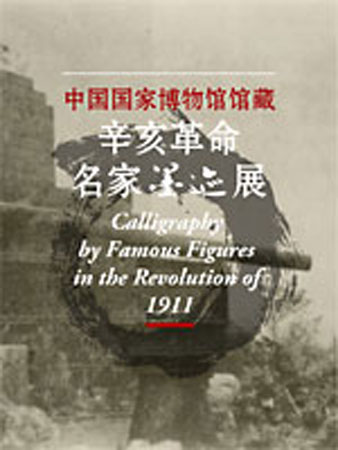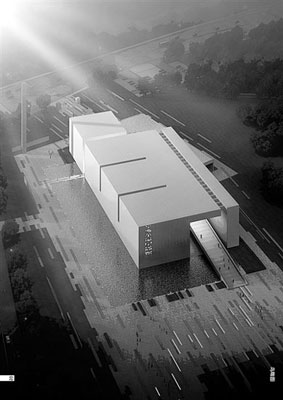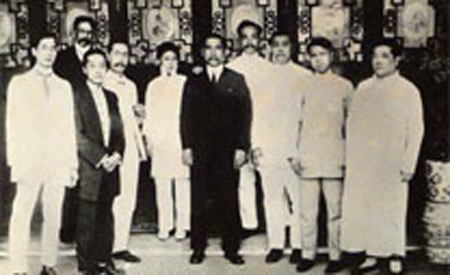- 中文
- EN
- Français
- 日本語
- 한국어
- 繁體中文
Commemoration of 1911 Revolution Mounting at Museums in China
A nationwide campaign is mounting featuring exhibitions of rare historic photos, construction of new museums themed on Xinhai Revoluation, and renovations of historic sites to mark the 100th anniversary of the 1911 Revolution, which overthrew the monarchy and ushered China into a new era.
The Xinhai Revolution, also known as the Revolution of 1911 or the Chinese Revolution, began with the Wuchang Uprising on October 10, 1911 and ended with the abdication of Emperor Puyi on February 12, 1912. The primary parties to the conflict were the Imperial forces of the Qing Dynasty (1644–1912) and the revolutionary forces of the Chinese Revolutionary Alliance (Tongmenghui). The revolution is named after in the sexagenary cycle of the Chinese calendar; the Xinhai Year.

A new museum on the 1911 Revolution, with an exhibition area of 6,800 square meters, will be opened to the public in Wuhan, capital of central China’s Hubei Province. An armed uprising happened there 100 years ago which triggered uprisings across the country in the following months, and has been considered the beginning of the Revolution.

In east China’s Zhejiang Province, an exhibition of more than 400 rare historic photos of the Revolution kicked off on Sept. 7. Zhejiang Province is the home of many key figures in the revolution, including Cai Yuanpei, Zhang Taiyan and Qiu Jin.

The exhibition of “Calligraphy by Famous Figures in the Revolution of 1911” was held at National Museum of China, showcasing 130 objects from the museum’s collection that are related to the Revolution of 1911, including calligraphy by revolution leaders Sun Yat-sen and Huang Xing, handwritings by members of the revolution army, words written to encourage comrades, letters between comrades, family members, and friends. These writings, mostly unknown to many people, embody revolutionary enthusiasm and humanistic sensibility. They are not only precious historic materials but also witness to the evolution of Chinese calligraphy since the late Qing Dynasty.

The Guangzhou Xinhai Revolution Museum, with investments totaling 226 million yuan, is now under construction and will open Oct. 10.
It is a special national museum built to commemorate the Xinhai Revolution led by Sun Yat-sen. The museum is located on Changzhou Island of Huangpu district, Guangzhou, which is also home to the Whampoa Military Academy and many historical and cultural relics, such as the Monument of the Northern Expedition and the Changzhou Gun Emplacement.
After the completion of the Xinhai Revolution Museum, it will join Changzhou Island, the Huanghuagang Mausoleum and the Guangzhou Uprising Museum to make up an architectural complex to showcase China’s Modern revolutionary historical process.

Once serving as a shelter for revolutionaries, Macao has, indeed, formed close bonds with Dr. Sun Yat Sen. Positioning the 1911 Revolution, as the historical background, the exhibition of “For the People — Sun Yat Sen and Macao” seeks to introduce Dr. Sun Yat Sen and his family’s strong connection with Macao through the display of cultural relics, thereby expressing the eternal commemoration of the Macao people to Dr. Sun Yat Sen.
A majority of the exhibits displayed have been newly and particularly explored for this exhibition. Collected from several cultural organizations and individual collectors in Macao, Shanghai, Shenzhen, Guangzhou, Taipei and Hong Kong, some of these exhibits are extremely rare and therefore well worth viewing.



